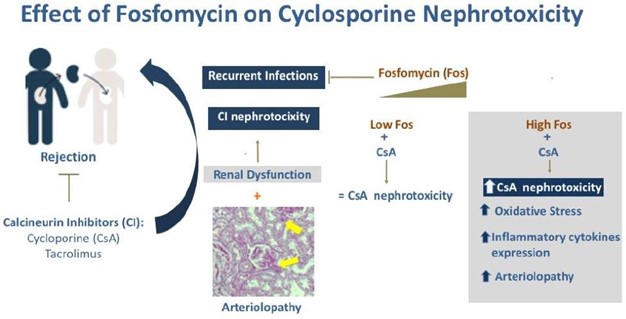A nurse is reviewing the laboratory results of a client who received a dose of sodium polystyrene sulfonate.
Which of the following findings should the nurse identify as an indication that the medication has been effective?
Potassium 4.6 mEq/L.
Calcium 8 mg/dL.
Magnesium.1 mEq/L.
Sodium 150 mEq/L.
The Correct Answer is A
Sodium polystyrene sulfonate is a medication used to treat high levels of potassium in the blood.
A potassium level of 4.6 mEq/L is within the normal range, indicating that the medication has been effective in reducing high levels of potassium in the blood.
Choice B is wrong because Calcium 8 mg/dL, is not the correct answer because it measures the level of calcium in the blood and is not specifically related to sodium polystyrene sulfonate therapy.
Choice C is wrong because Magnesium.1 mEq/L, is not the correct answer because it measures the level of magnesium in the blood and is not specifically related to sodium polystyrene sulfonate therapy.
Choice D is wrong because Sodium 150 mEq/L, is not the correct answer because it measures the level of sodium in the blood and is not specifically related to sodium polystyrene sulfonate therapy.
Nursing Test Bank
Naxlex Comprehensive Predictor Exams
Related Questions
Correct Answer is C
Explanation
First, convert the client’s weight from pounds to kilograms: 121 lb /.2 = 55 kg. Then, calculate the dose in mg: 1 mg/kg * 55 kg = 55 mg.
Finally, use the ratio of available enoxaparin to calculate the volume to administer: (55 mg / 60 mg) * 0.6 mL = 0.55 mL.
Rounded to the nearest tenth, this is 0.6 mL.
Choice A is wrong because it is less than the calculated dose of 0.6 mL.
Choice B is wrong because it is equal to the calculated dose of 0.6 mL but not rounded to the nearest tenth.
Choice D is wrong because it is greater than the calculated dose of 0.6 mL.
Correct Answer is A
Explanation
Cyclosporine is an immunosuppressant medication that can have nephrotoxic effects.

A creatinine level of.5 mg/dL is above the normal range and may indicate impaired kidney function.
The nurse should report this value to the provider for further evaluation.
Choice B is wrong because Potassium 4.2 mEq/L, is not the correct answer because it falls within the normal range for potassium levels in the blood.
Choice C is wrong because BUN 18 mg/dL, is not the correct answer because it falls within the normal range for blood urea nitrogen levels.
Choice D is wrong because Sodium 139 mEq/L, is not the correct answer because it falls within the normal range for sodium levels in the blood.
Whether you are a student looking to ace your exams or a practicing nurse seeking to enhance your expertise , our nursing education contents will empower you with the confidence and competence to make a difference in the lives of patients and become a respected leader in the healthcare field.
Visit Naxlex, invest in your future and unlock endless possibilities with our unparalleled nursing education contents today
Report Wrong Answer on the Current Question
Do you disagree with the answer? If yes, what is your expected answer? Explain.
Kindly be descriptive with the issue you are facing.
